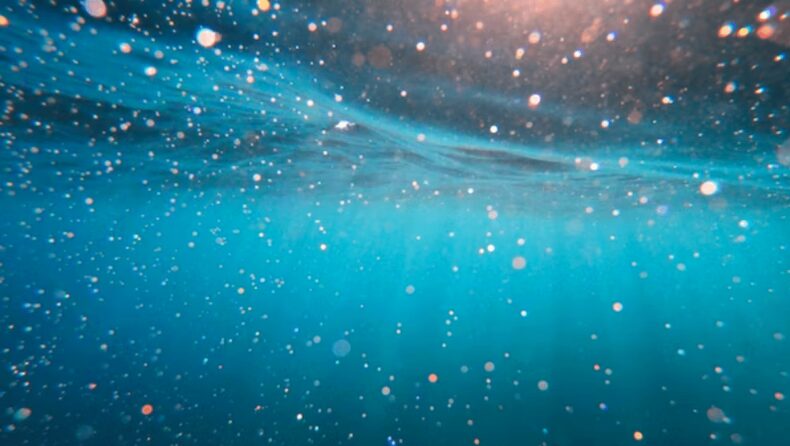According to a study report published by scientists at Monash University in Australia, the process of chemosynthesis aids microbe survival in deep ocean waters.

Source: ISTOCK PHOTO
The process of chemosynthesis involves mediating chemical reactions that allow certain microbes to make energy.
The study reveals hundreds of trillions of bacteria thrive in oceans from the tropics to the poles with the help of hydrogen and carbon monoxide gases.

Source: ResearchGate
This research was led by Dr. Rachael Lappan and Professor Chris Greening of the Biomedicine Discovery Institute, and they have been working on it for the past five years.
Based on their previous research on soil bacteria, the researchers were inspired to carry out this project. In previous research, Professor Greening and his colleagues demonstrated that many soil bacteria can survive by consuming hydrogen and carbon monoxide from the atmosphere.

Source: Science Photo Library, Ohioline
Dr. Lappan explained that due to a variety of geological and biological processes, the surface layers of the world’s oceans typically contain high levels of dissolved hydrogen and carbon monoxide gases. Consequently, it was evident that marine bacteria use the same gases as terrestrial bacteria.
Professor Greening notes that although till now it was widely believed that photosynthesis was fundamentally responsible for the life of microbes in oceans, what about the areas where sunlight cannot penetrate or the areas where the amount of nutrients is poor and algae cannot survive? He claims that their study shows that chemosynthesis is a superior factor in these regions.

They discovered sessile sponges — a pore-bearing multicellular organism and other alien species — attached to the sides of rock beneath the ice sheets.
Source: DownToEarth
According to Dr. Lappan, their research has discovered that hydrogen and carbon monoxide are not only feeding microbes in urban bays, but also in tropical islands hundreds of meters below the surface. It has even been found beneath Antarctica’s ice shelves.
She further informed me that this study combined chemical measurements during oceanic voyages with microbial cultures characterized in the lab. Metagenomic sequencing was also extensively used to understand the genetic blueprints of every microbe in a given region of the ocean.

Source: MIT News
In the study, eight distantly related types of microbes, called phyla, were found to contain the genes that enable hydrogen consumption. This survival strategy becomes more common with the increasing depth of the ocean.
According to Professor Greening, these new discoveries provide a new direction and new insights into the evolution of life on Earth. He further notes that a deep-sea vent may have been the first place where life emerged, using hydrogen as an energy source rather than sunlight.

Source: MIT News
He concluded that he finds it fascinating that, 3.7 billion years later, so many microbes on the ocean floor are still utilizing this high-energy gas.













